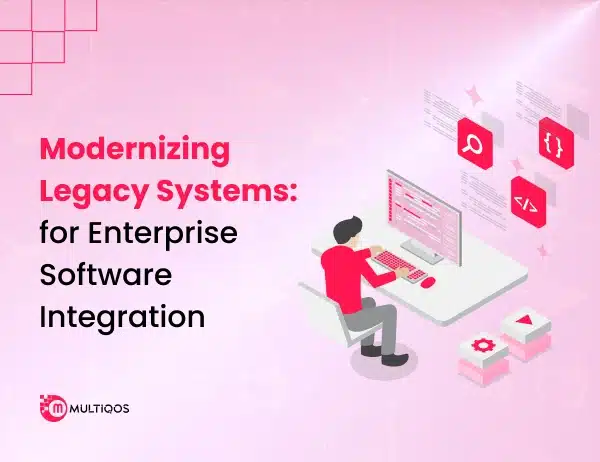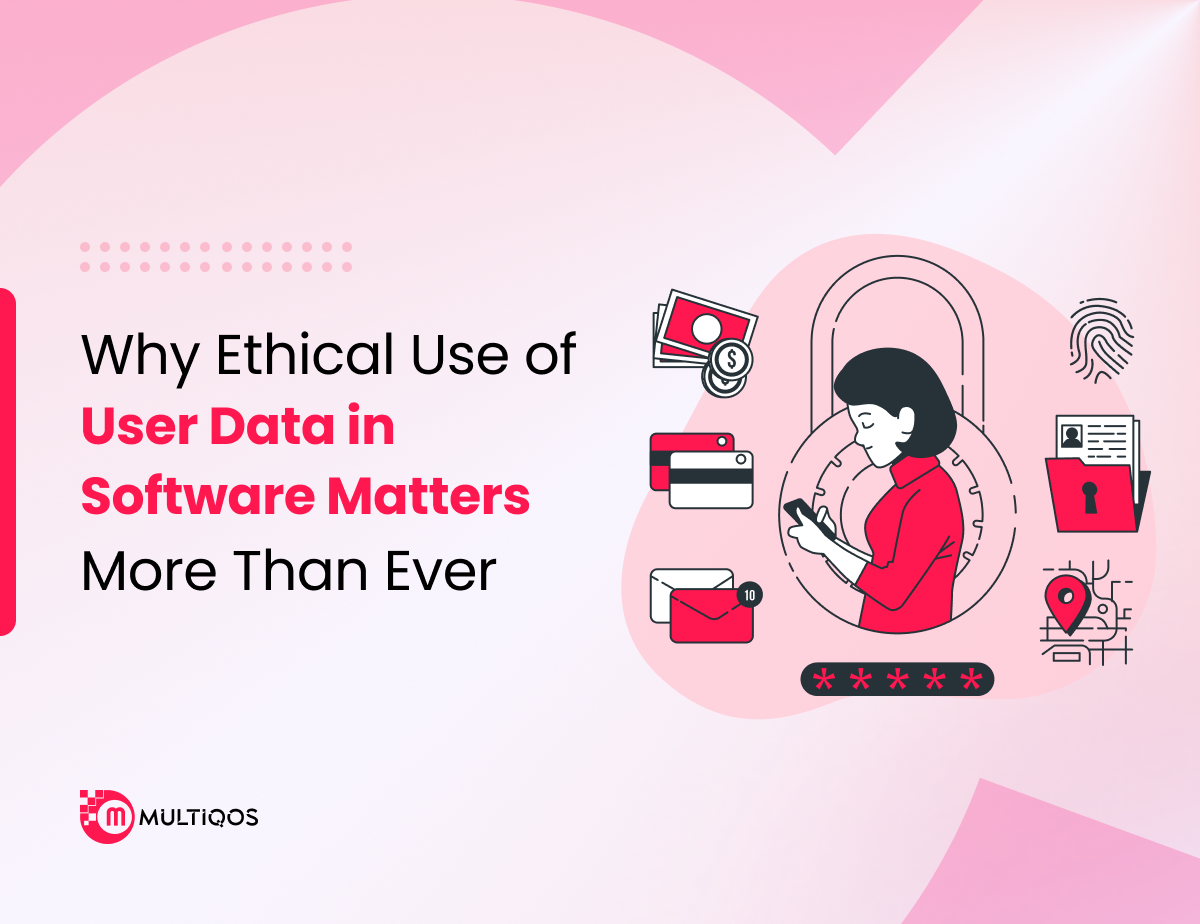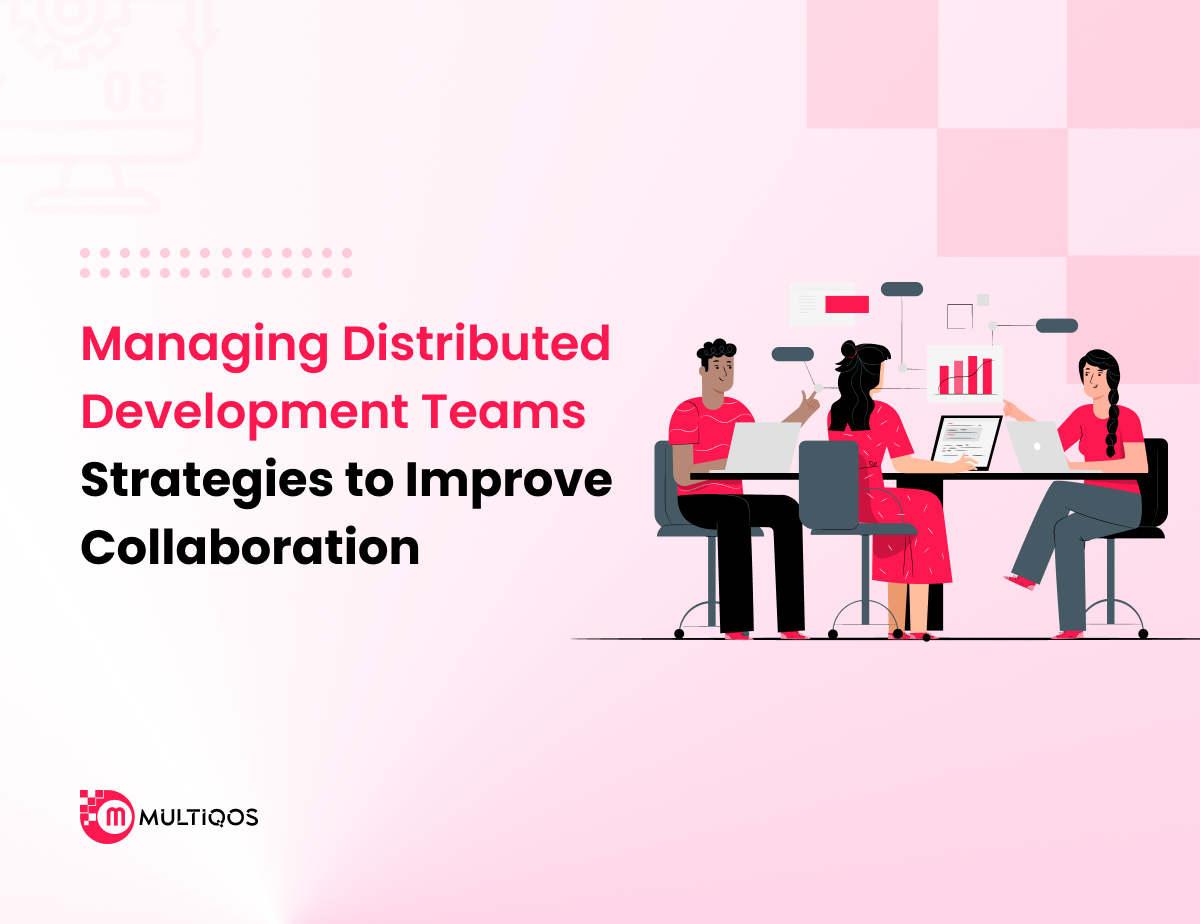Modernizing Legacy Systems: Strategies for Enterprise Software Integration

Summary:
Modernizing legacy systems is a critical step for organizations looking to remain competitive in a rapidly evolving digital landscape. This blog explores key strategies to seamlessly integrate outdated infrastructure with modern solutions through effective enterprise software development practices.
From leveraging APIs and cloud platforms to adopting microservices and middleware tools, discover how businesses can overcome integration challenges, enhance agility, and unlock long-term value from their IT investments.
Introduction
The speed at which the world is changing poses a challenge for businesses still relying on legacy systems. Those systems must be ignored as they do not aid in the innovation, scalability, or operational efficiencies a modern-day business requires. Upgrading systems needs to be done in conjunction with technological advancements, which is something most firms looking to remain agile and competitive need to do.
Modernizing enterprise systems requires careful planning. One key aspect of this transformation is enterprise software integration, which stitches legacy infrastructure with applications, cloud services, and data platforms to automate workflow and communication throughout the company.
This blog focuses on achieving successful enterprise software integration through transformative techniques that modernize legacy systems. We will discuss how businesses can seamlessly connect the old and new using API-led and middleware solutions, cloud migration, microservices architecture, and more, all without impacting core functions.
Effective Enterprise Software Integration Strategies for Legacy Modernization
Below are some of the methods that allow you to append digital technologies to traditional legacy systems. These methods enable system integration, digital performance optimization, and growth with efficient enterprise software integration, all delivered through expert software development services.
1. API-Led Integration
APIs (Application Programming Interfaces) serve as uniform links allowing dated systems to communicate with contemporary applications. By creating or utilizing APIs for legacy systems, organizations can design adaptable integration frameworks to enable data exchange in real-time, automate business processes, and simplify system enhancements without comprehensive system modifications.
2. Middleware Solutions
Translators and orchestrators of different applications are middleware software. Without the necessity for direct changes, middleware allows legacy systems to interface with newer platforms. It handles data transformation, routing, and connectivity which increases reliability and reduces complexity across various IT environments.
3. Microservices Architecture
Microservices tackle applications in parts and as individual deployment units, integrating independently from specifics or other components. This enables updating particular areas of a system within, automating and enhancing flexibility year after year, through specific sections by zone, while minimizing the risk of interruptions.
4. Cloud Migration
Relocating any components of legacy systems to the cloud can significantly enhance scalability, artificial intelligence, automation services, and overall cost management. Organizations can opt for “lift and shift” methods or undergo complete refactoring to take full advantage of cloud-native functionalities, ensuring their IT ecosystems stay updated and relevant.
5. Data Integration and Synchronization
Keeping information consistent for both new and dated systems is critical. With the use of modern data integration tools, businesses can seamlessly automate the synchronization of information between databases and apps in real time, breaking data silos and improving decision-making.
6. Use of Enterprise Service Bus (ESB)
An ESB enables a unified communication infrastructure between heterogeneous systems and applications. It takes care of message routing, protocol translation, and security frameworks, thus simplifying the integration of both legacy and modern infrastructures in a scalable manner.
7. Replatforming
Replatforming describes the process of relocating legacy applications to modern platforms or infrastructures with little to no alteration. This approach enhances performance, security, and sustainment without disrupting the underlying business logic, creating an intermediate option between absolute switching and mere lifting and shifting.
8. Low-Code/No-Code Integration Tools
Platforms that are low-code or no-code enable businesses to design integrations and workflows with little to no coding. These tools facilitate development, lessen the burden of a singular expert developer, and enable agile integration solution design and implementation.
9. Incremental Modernization
Incremental modernization does not involve replacing entire legacy systems all at once. Instead, critical components or modules get priority. This approach lowers risks and disruption to ongoing business, helping companies to fine-tune their integration methods based on feedback and changing requirements.
10. Automated Testing and Monitoring
Repeated evaluation, testing, and monitoring tools, as previously defined, ensure that the integration of legacy and modern systems is interfaced most suitably and optimally. Issues identified at the automated testing phase ensure early validation detectionthat temperate processes are in line with system standards. Likewise, monitoring catches runtime issues capable of damaging system dependability, which ensures prompt measures are enacted to maintain reliability.
In Closing
Transforming legacy systems is not solely focused on upgrading new technology; it promotes innovation, scalability, and operational efficiency. Effective enterprise software integration guarantees that outdated frameworks can be well supported by modern tools, applications, and cloud infrastructures. Through the adoption of modern enterprise software development methods like API integration, migration to the cloud, and microservices, companies can access new opportunities and maintain market competitiveness in a digitally driven era.
Still, modernization is a multi-faceted phenomenon that requires the appropriate skill set. For your transformation to be executed as planned, you need to hire software developers who know both legacy systems and modern development frameworks. With such experts, you will be able to integrate old and new technology without interrupting critical business functions and establish an operational environment that is future-proof.
FAQs
Enterprise software integration combines different software applications, business systems, and company information into one unified system. For improved effectiveness and functioning, this usually requires linking old systems with modern ones.
Updating traditional legacy systems enables organizations to lower technical debt, improve scale requirements, enhance security, and foster innovation. It ensures that older technologies continue to function with new instruments and systems.
Such common challenges as data silos, legacy codebases, absence of documentation, risks of system unavailability, and modern-technology integration with older systems all happen to be issues at the same time.
The main approaches from the strategy list are API-centric integration, adoption of middleware systems, cloud migration, microservices implementation, and phased replacement of legacy systems with modern subsystems.
Everything depends on how complex the systems are, how they’ll be integrated, and the organization’s infrastructure. Completion may take anywhere from a couple of weeks to even months.
Get In Touch







